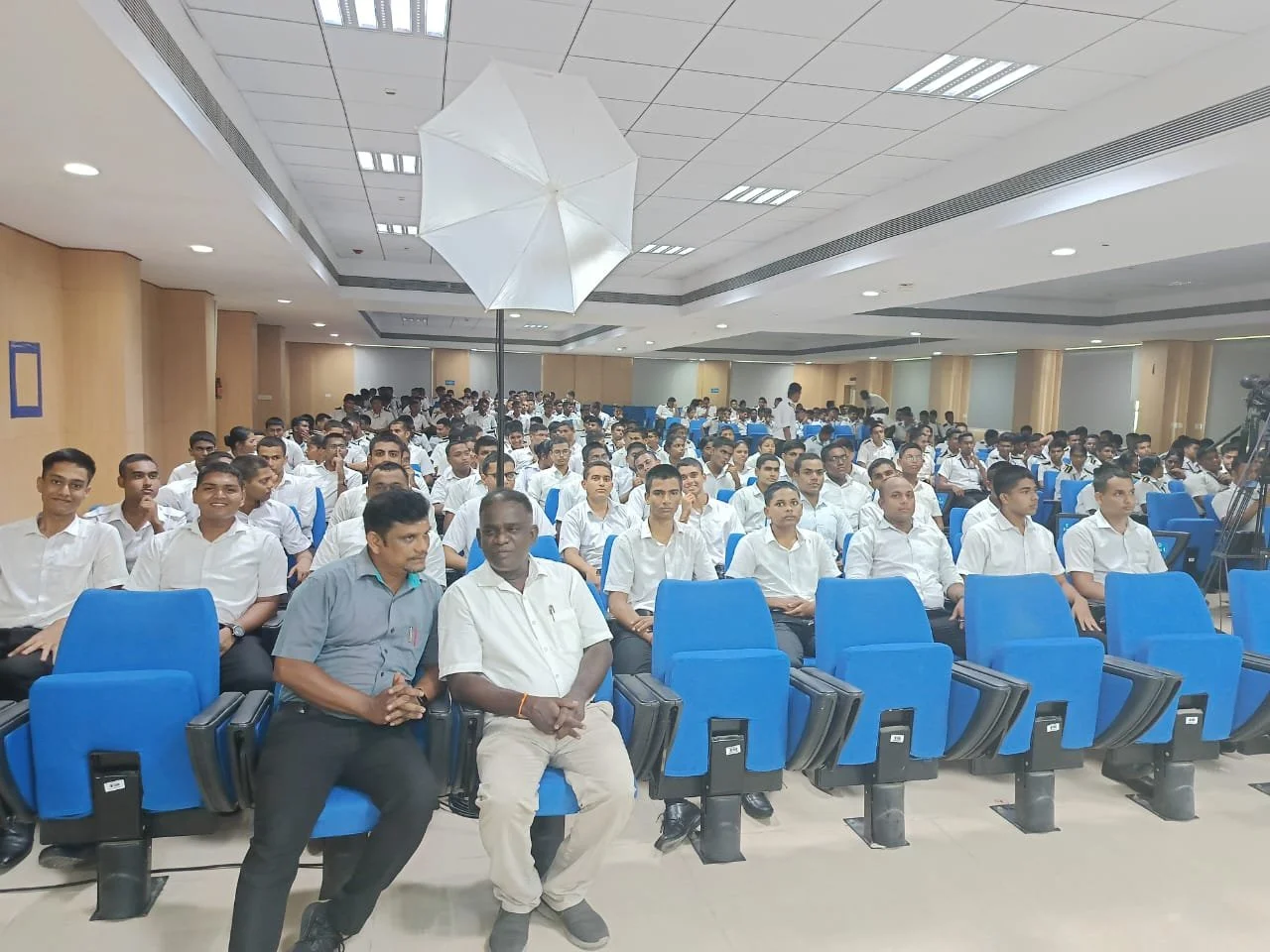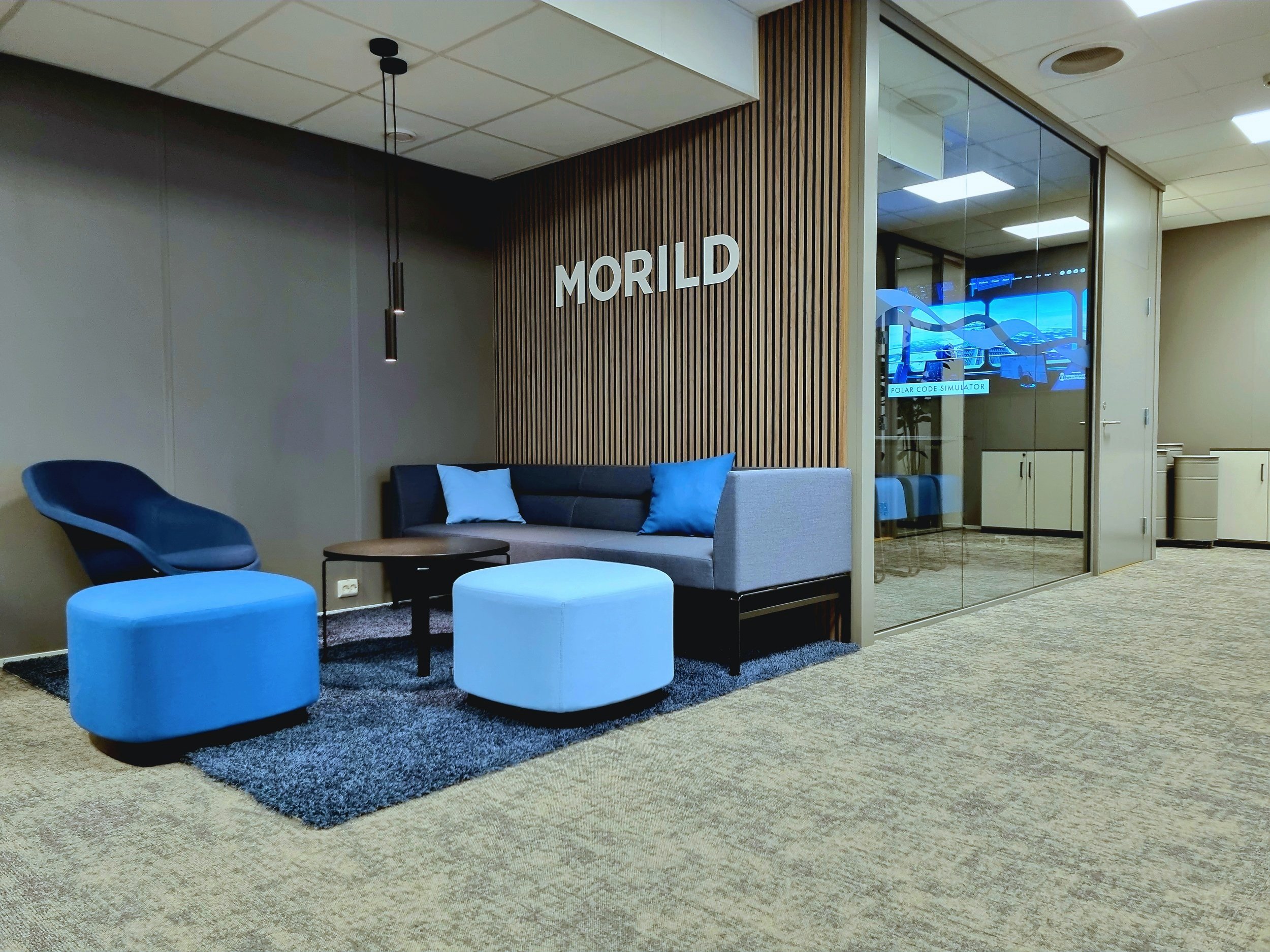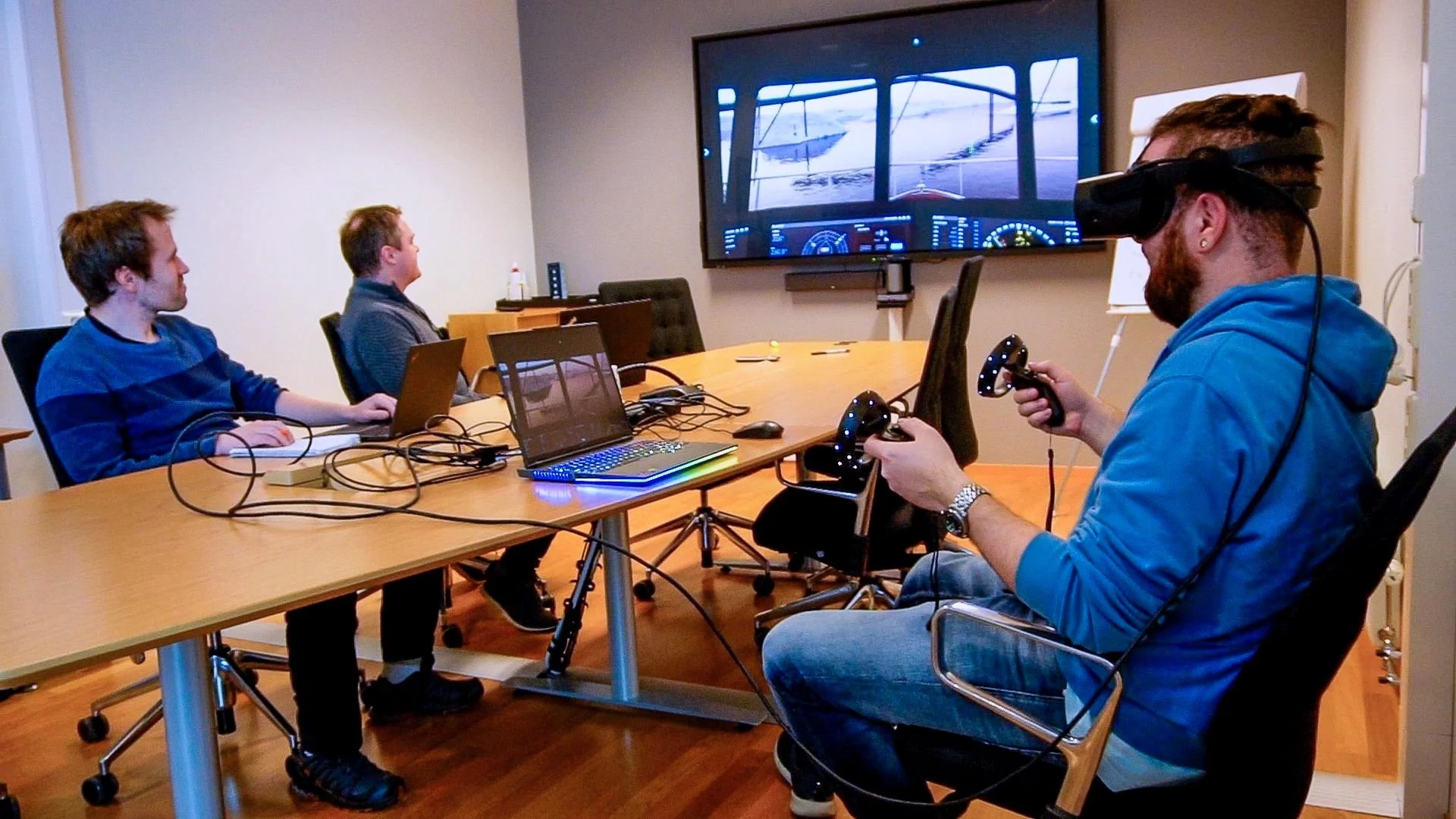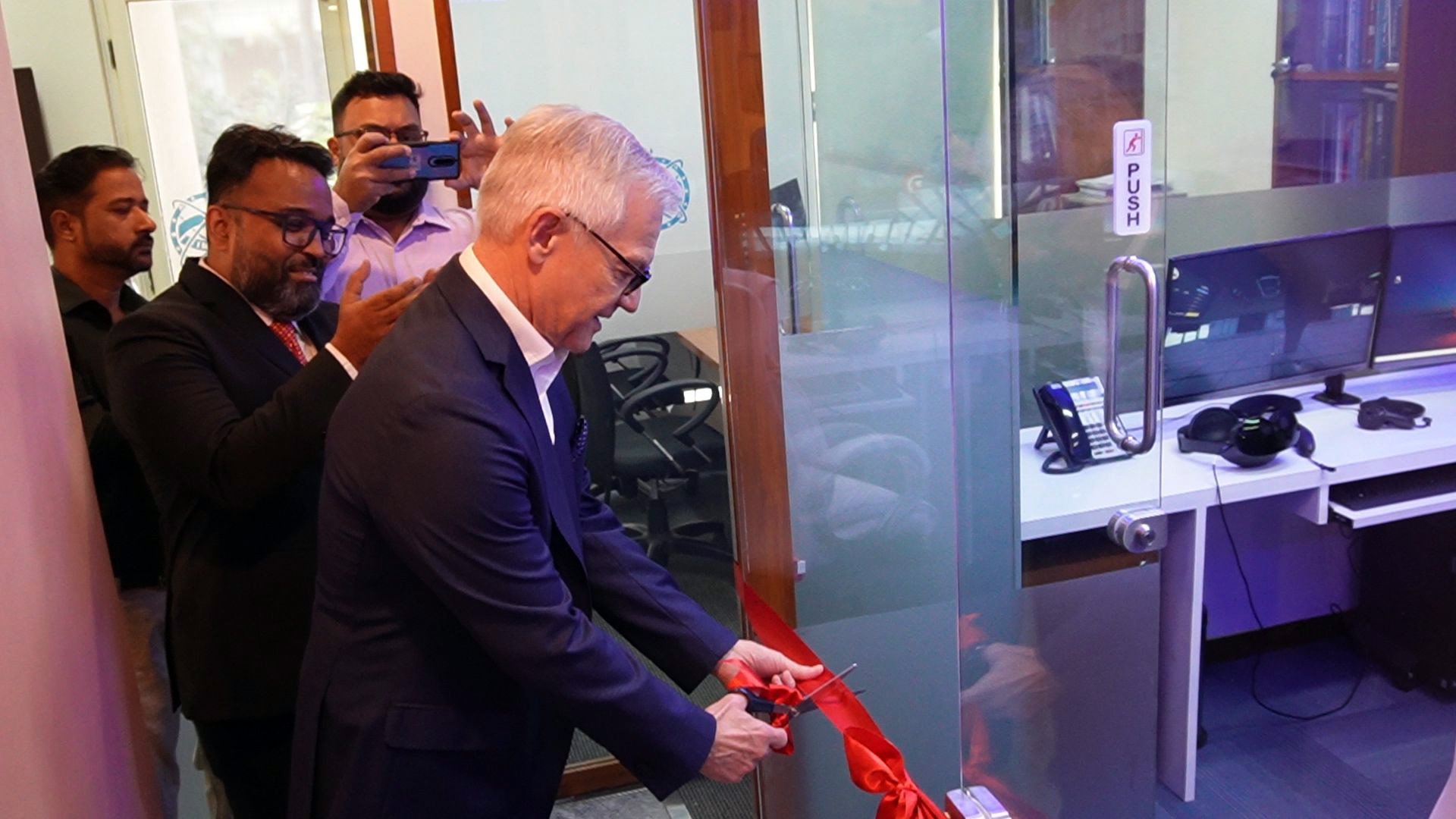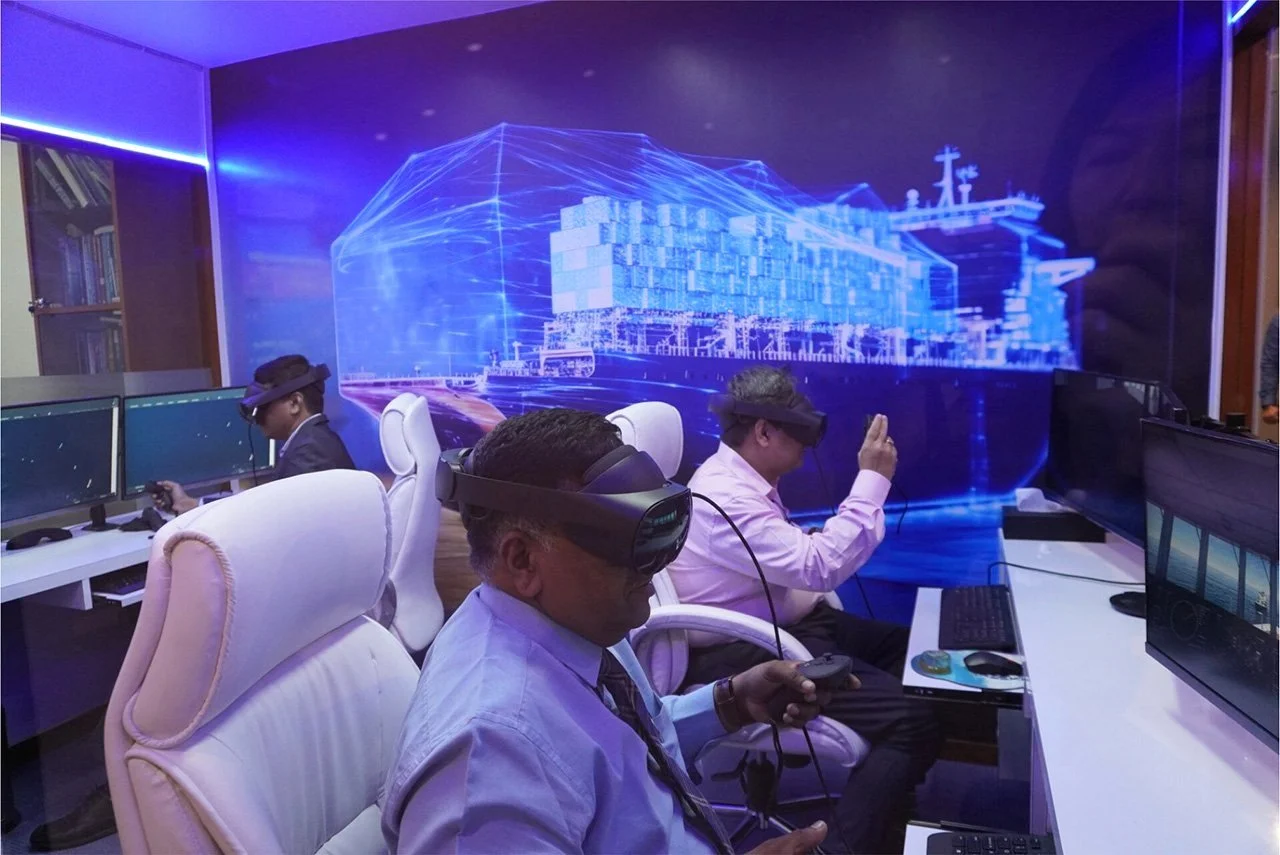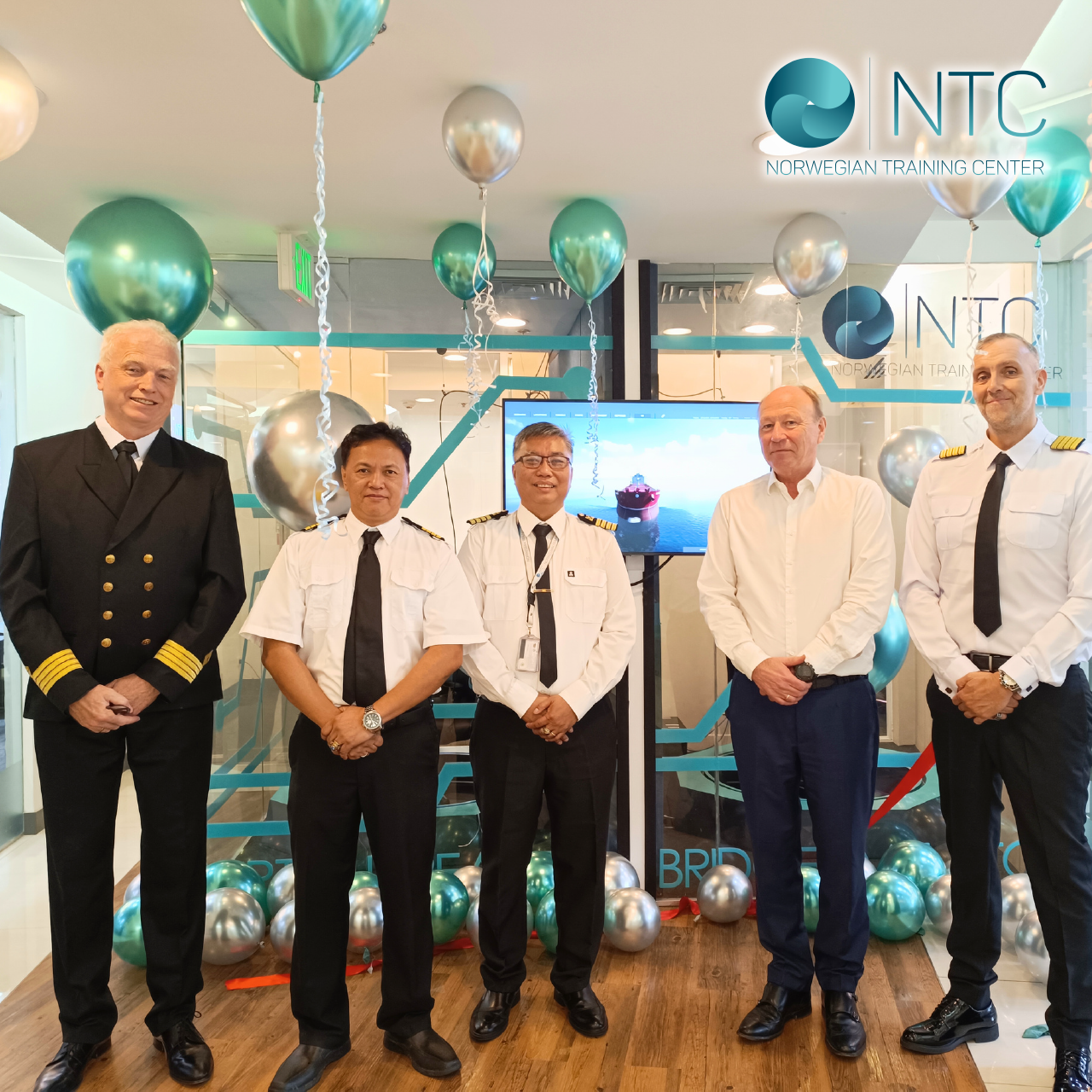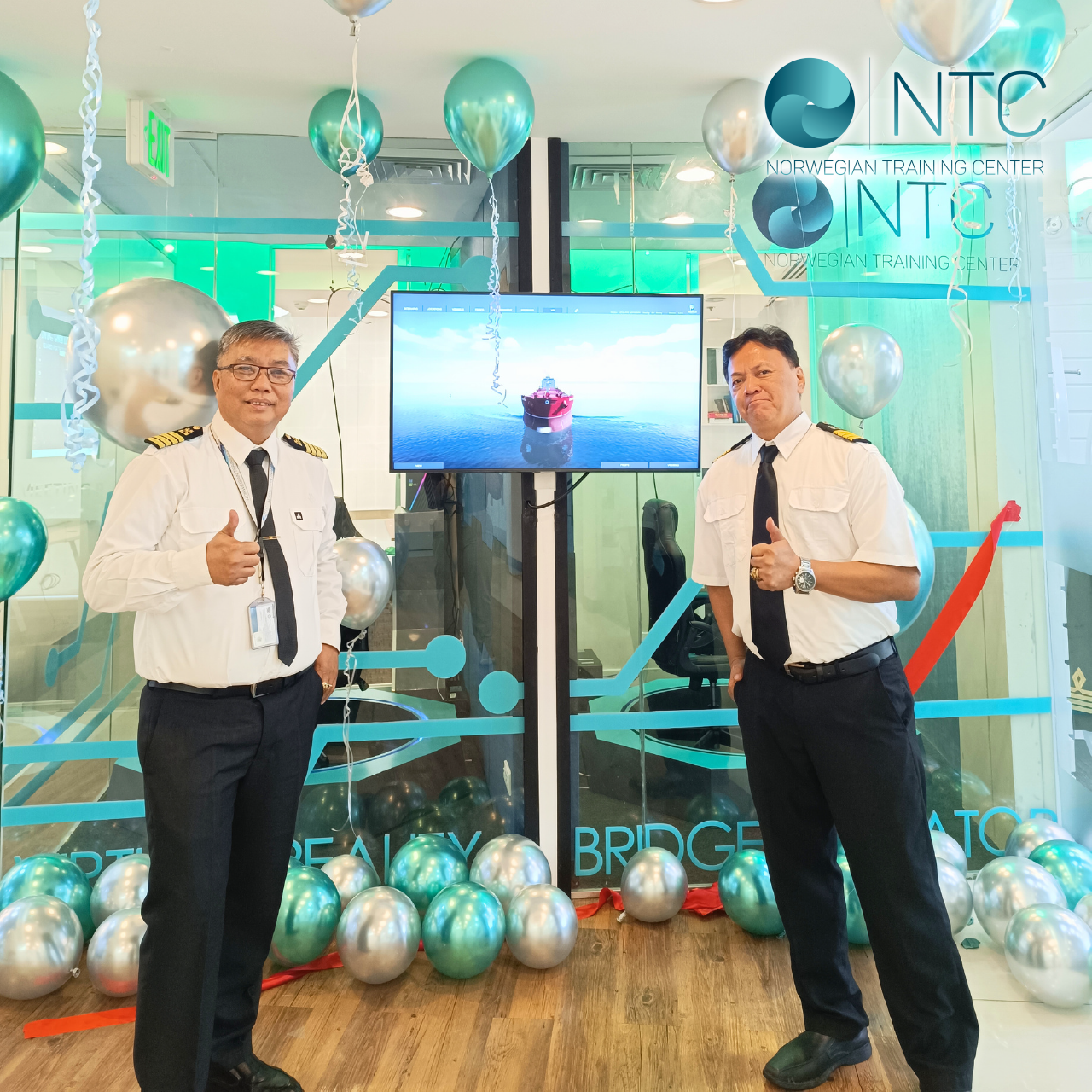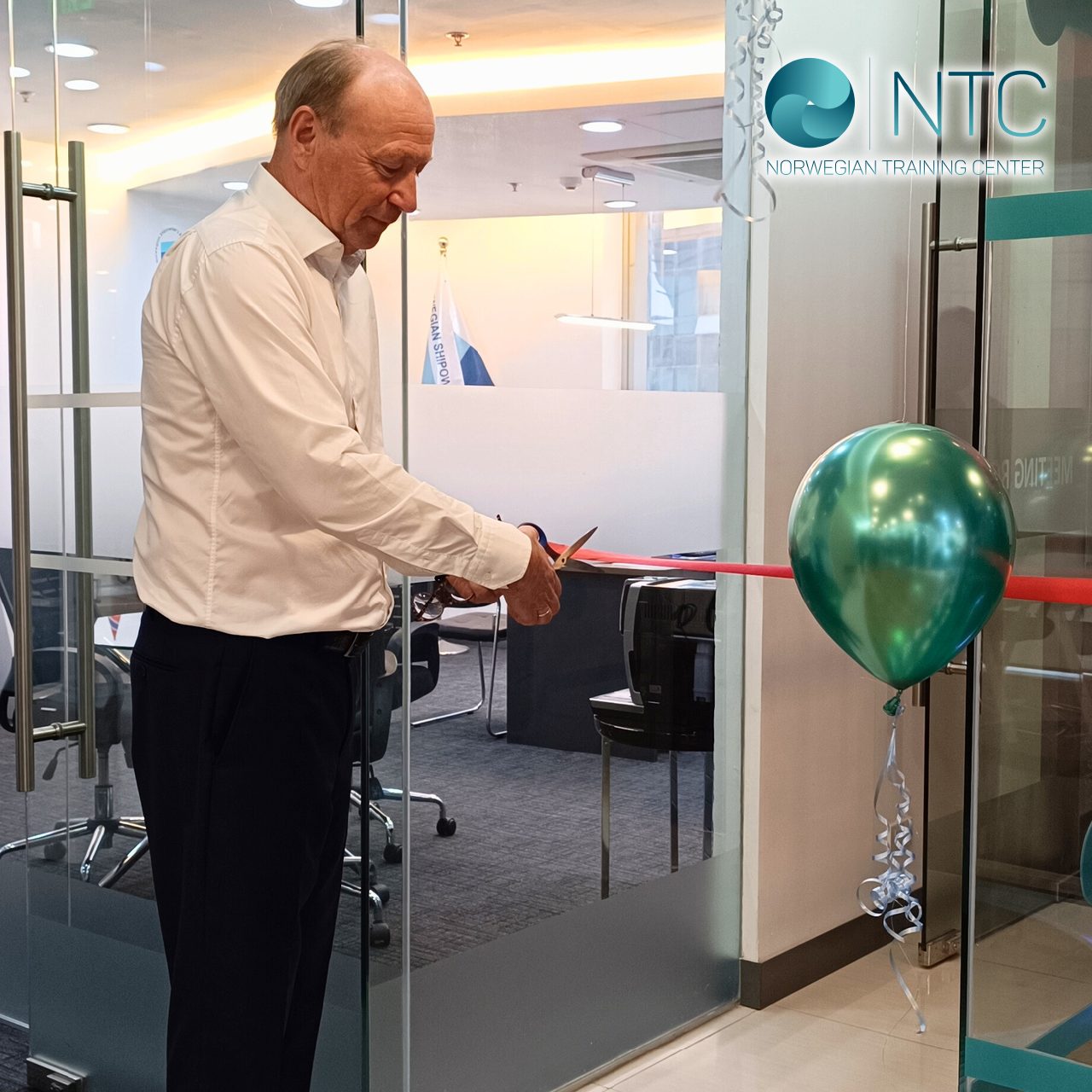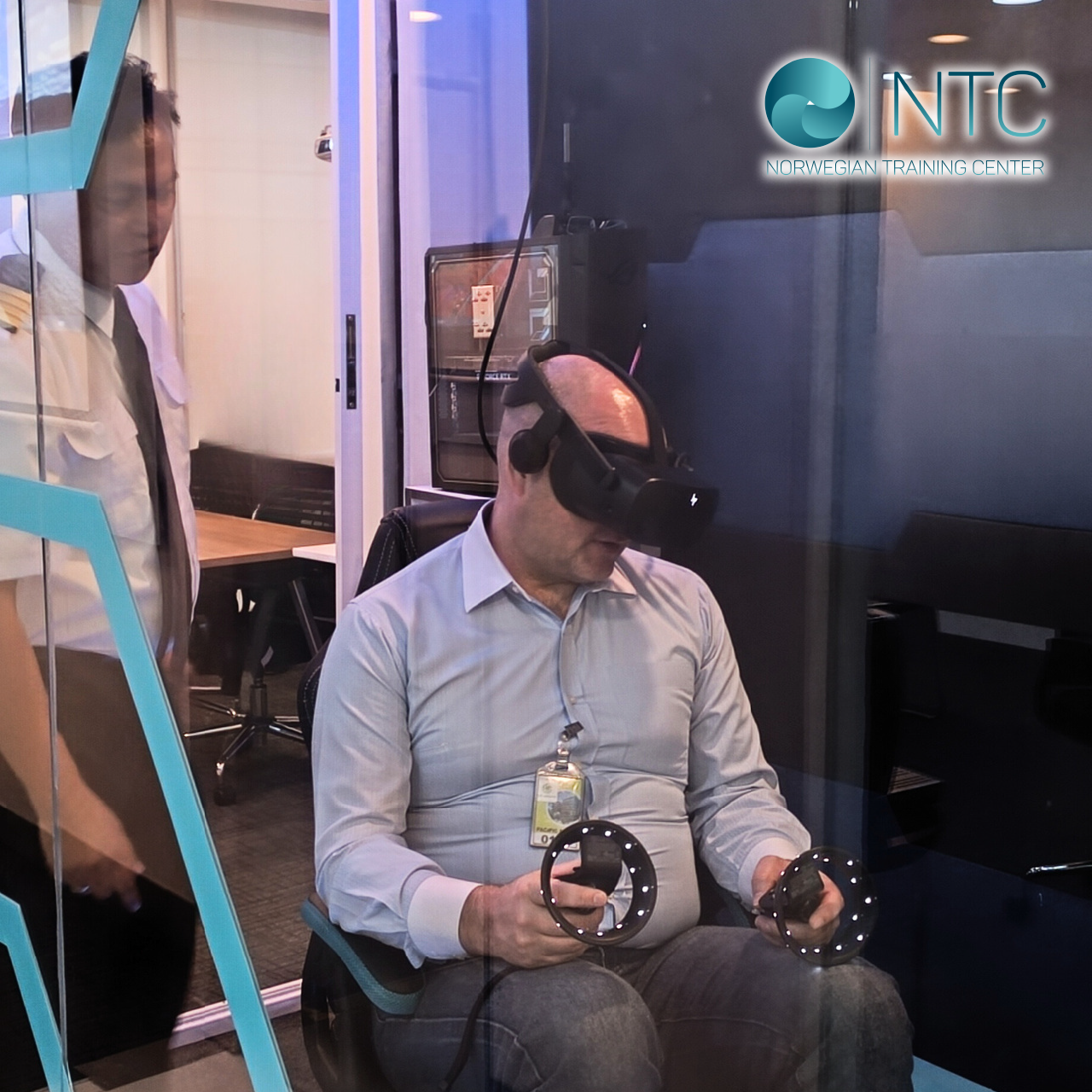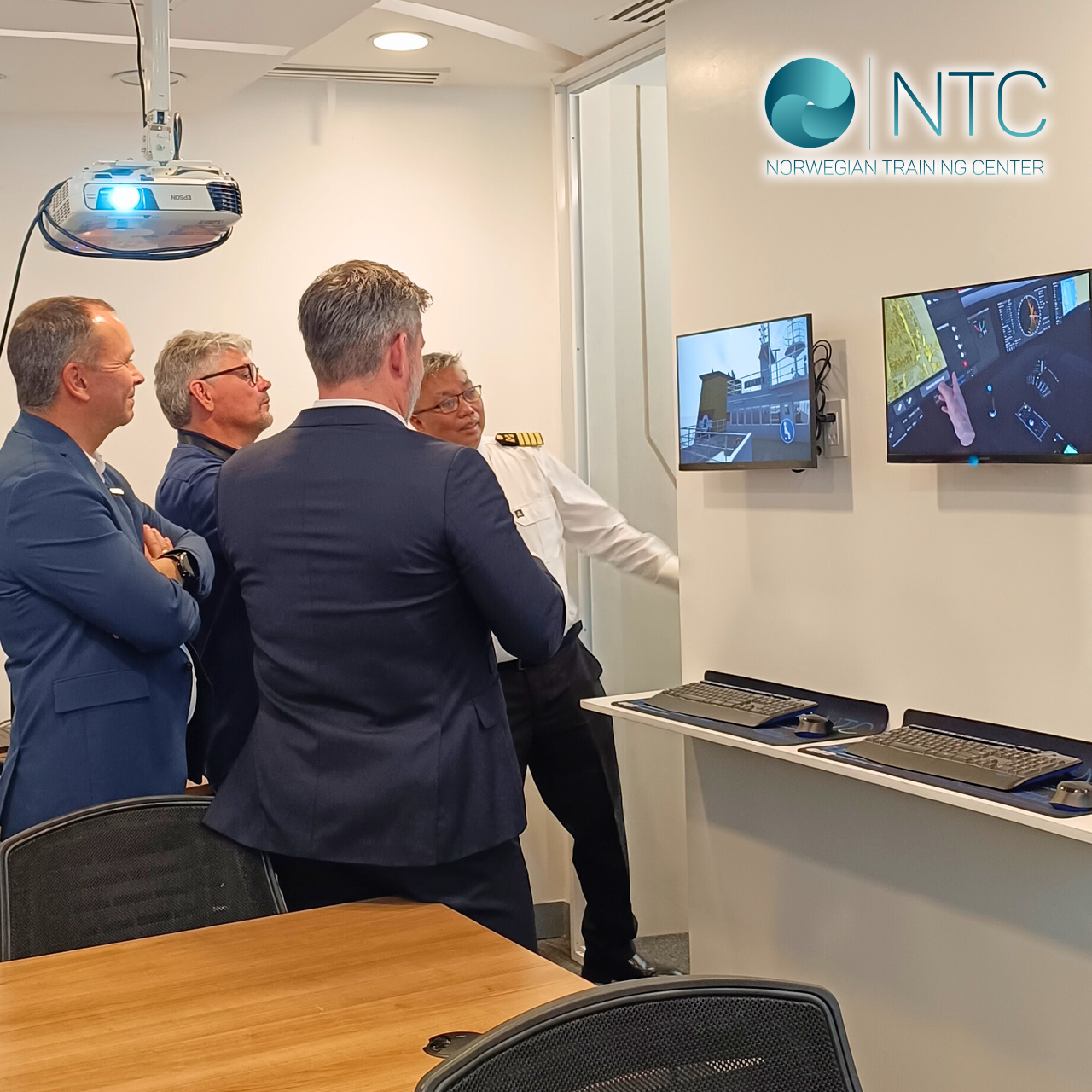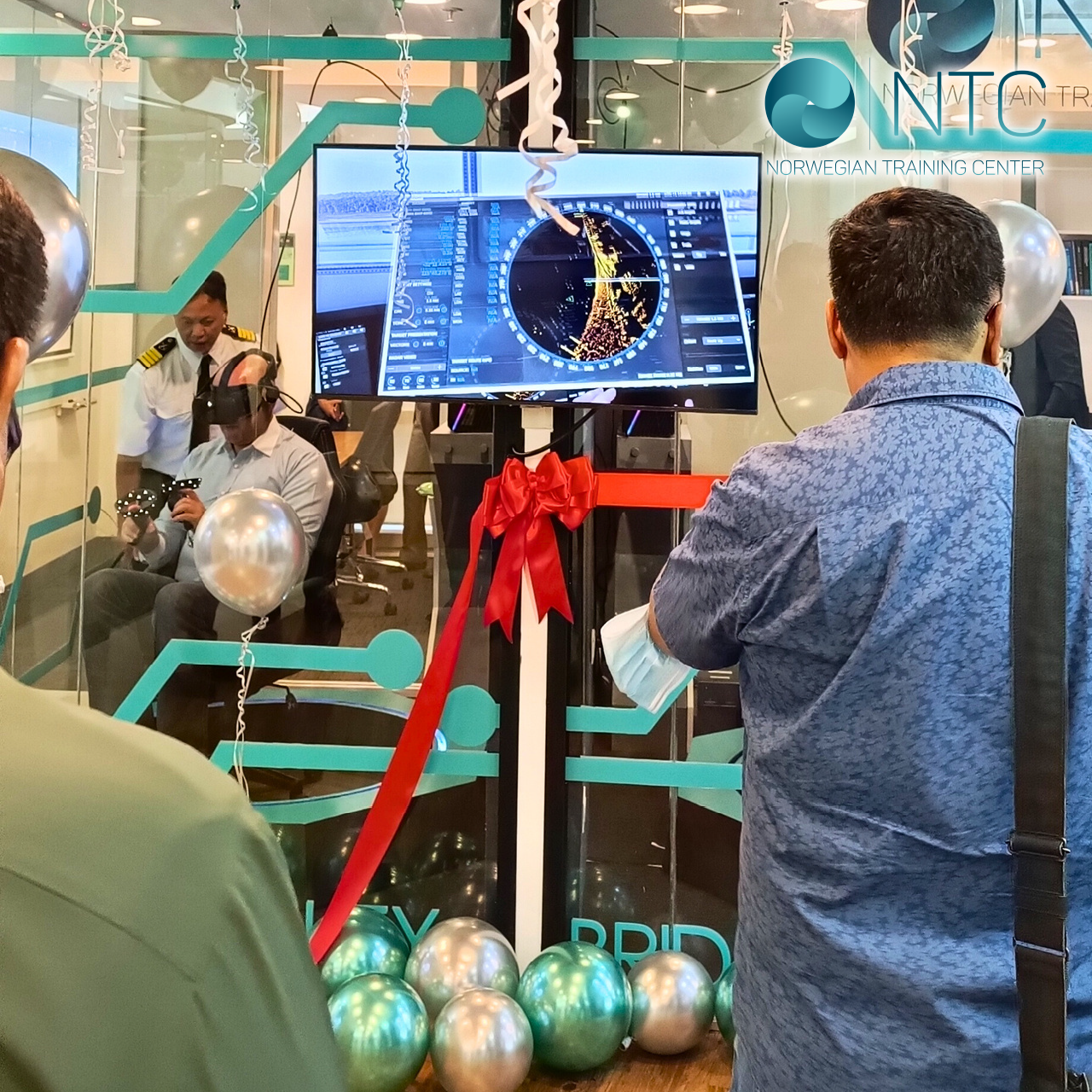The Indian Maritime University (IMU) in Chennai recently hosted a forward-thinking webinar that captured the attention of both students and industry professionals. This event spotlighted two revolutionary technologies set to transform the maritime industry: Virtual Reality (VR) simulators for ship and bridge operations and Digital Twins for port infrastructure.
A key moment of the webinar was the presentation by Olav-Rasmus Vorren, CEO of Morild Interaktiv, a global leader in maritime simulation technology. He demonstrated the capabilities of Morild Interaktiv's VR simulator systems, which are designed to train maritime professionals in critical areas like ship handling, bridge operations, and emergency protocols. These simulators offer an immersive 360-degree environment, allowing trainees to experience realistic scenarios, from navigating through challenging weather conditions to handling equipment failures, all in a risk-free setting.
In addition to VR simulators, Olav-Rasmus also introduced the concept of Digital Twins, a revolutionary technology that involves creating digital replicas of physical assets, such as ports and infrastructure. These Digital Twins allow maritime professionals and engineers to monitor, simulate, and optimize operations in real time. By offering detailed insights into the performance and maintenance needs of port infrastructure, Digital Twins have the potential to streamline operations, enhance safety, and reduce costs, making them a game-changer for the maritime industry.
The session, moderated by Dr. K. Sivasami, Head of the School of Marine Engineering at IMU, was enriched by active student participation. Their insightful questions highlighted the growing interest in these technologies and their potential to reshape maritime education and operations.
IMU's webinar was a significant step toward the future of maritime training, showcasing the university's commitment to integrating cutting-edge technologies into its curriculum. By fostering a culture of innovation and practical learning, IMU is preparing the next generation of maritime professionals to excel in a rapidly evolving industry.
Indian Maritime University continues to be a leader in maritime education, providing students with hands-on experience and exposure to the latest industry trends, ensuring they are well-equipped for the global shipping industry's future challenges.
Over 2,500 people participated from the Chennai, Kolkata, Navi Mumbai, Visakhapatnam, Mumbai Port, and Kochi campuses of the Indian Maritime University, Chennai (IMU). The participants included the leadership team, faculty members, cadets, and staff.










